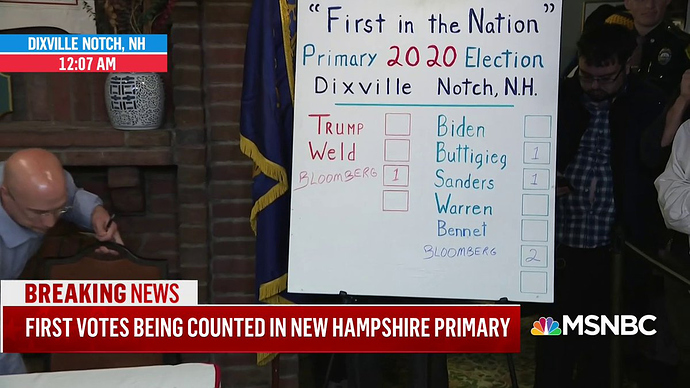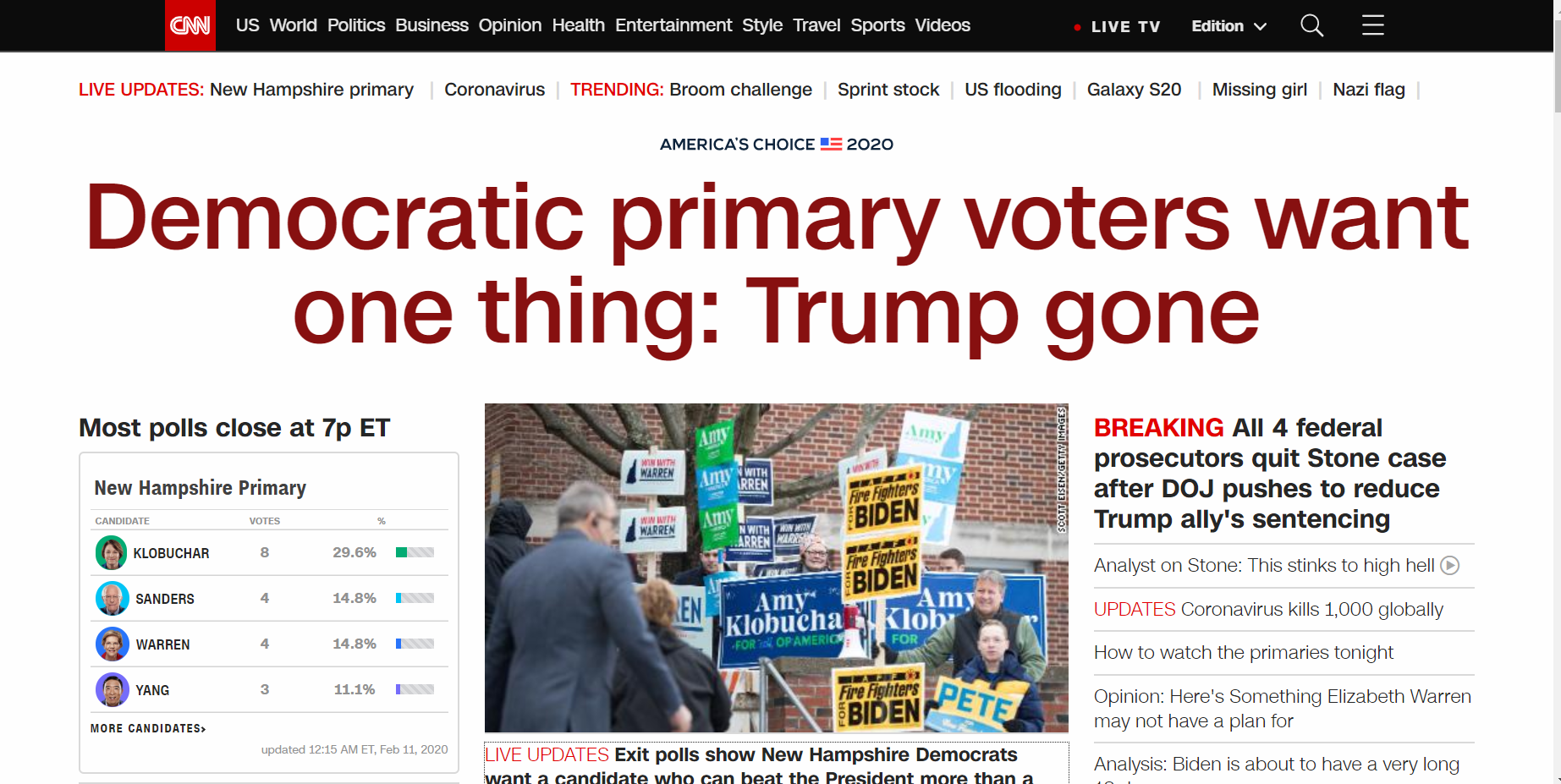This Atlantic piece is truly frightening about the misinformation campaign being used by T 'n Co - and their expected media cost will be $1 Billion dollars. As was the case in 2016, there is a ton of micro-targeting going on…but the reinvention of the truth via pathways like Facebook and other social media arenas is stupefying.
Take a look here…WTFery for sure.
One day last fall, I sat down to create a new Facebook account. I picked a forgettable name, snapped a profile pic with my face obscured, and clicked “Like” on the official pages of Donald Trump and his reelection campaign. Facebook’s algorithm prodded me to follow Ann Coulter, Fox Business, and a variety of fan pages with names like “In Trump We Trust.” I complied. I also gave my cellphone number to the Trump campaign, and joined a handful of private Facebook groups for MAGA diehards, one of which required an application that seemed designed to screen out interlopers.
The president’s reelection campaign was then in the midst of a multimillion-dollar ad blitz aimed at shaping Americans’ understanding of the recently launched impeachment proceedings. Thousands of micro-targeted ads had flooded the internet, portraying Trump as a heroic reformer cracking down on foreign corruption while Democrats plotted a coup. That this narrative bore little resemblance to reality seemed only to accelerate its spread. Right-wing websites amplified every claim. Pro-Trump forums teemed with conspiracy theories. An alternate information ecosystem was taking shape around the biggest news story in the country, and I wanted to see it from the inside.
The story that unfurled in my Facebook feed over the next several weeks was, at times, disorienting. There were days when I would watch, live on TV, an impeachment hearing filled with damning testimony about the president’s conduct, only to look at my phone later and find a slickly edited video—served up by the Trump campaign—that used out-of-context clips to recast the same testimony as an exoneration. Wait , I caught myself wondering more than once, is that what happened today?
As I swiped at my phone, a stream of pro-Trump propaganda filled the screen: “That’s right, the whistleblower’s own lawyer said, ‘The coup has started …’ ” Swipe . “Democrats are doing Putin’s bidding …” Swipe . “The only message these radical socialists and extremists will understand is a crushing …” Swipe . “Only one man can stop this chaos …” Swipe , swipe , swipe .
I was surprised by the effect it had on me. I’d assumed that my skepticism and media literacy would inoculate me against such distortions. But I soon found myself reflexively questioning every headline. It wasn’t that I believed Trump and his boosters were telling the truth. It was that, in this state of heightened suspicion, truth itself—about Ukraine, impeachment, or anything else—felt more and more difficult to locate. With each swipe, the notion of observable reality drifted further out of reach.
What I was seeing was a strategy that has been deployed by illiberal political leaders around the world. Rather than shutting down dissenting voices, these leaders have learned to harness the democratizing power of social media for their own purposes—jamming the signals, sowing confusion. They no longer need to silence the dissident shouting in the streets; they can use a megaphone to drown him out. Scholars have a name for this: censorship through noise.
After the 2016 election, much was made of the threats posed to American democracy by foreign disinformation. Stories of Russian troll farms and Macedonian fake-news mills loomed in the national imagination. But while these shadowy outside forces preoccupied politicians and journalists, Trump and his domestic allies were beginning to adopt the same tactics of information warfare that have kept the world’s demagogues and strongmen in power.
Every presidential campaign sees its share of spin and misdirection, but this year’s contest promises to be different. In conversations with political strategists and other experts, a dystopian picture of the general election comes into view—one shaped by coordinated bot attacks, Potemkin local-news sites, micro-targeted fearmongering, and anonymous mass texting. Both parties will have these tools at their disposal. But in the hands of a president who lies constantly, who traffics in conspiracy theories, and who readily manipulates the levers of government for his own gain, their potential to wreak havoc is enormous.
The Trump campaign is planning to spend more than $1 billion, and it will be aided by a vast coalition of partisan media, outside political groups, and enterprising freelance operatives. These pro-Trump forces are poised to wage what could be the most extensive disinformation campaign in U.S. history. Whether or not it succeeds in reelecting the president, the wreckage it leaves behind could be irreparable.
…
The campaign doesn’t run just one ad at a time on a given theme. It runs hundreds of iterations—adjusting the language, the music, even the colors of the “Donate” buttons. In the 10 weeks after the House of Representatives began its impeachment inquiry, the Trump campaign ran roughly 14,000 different ads containing the word impeachment . Sifting through all of them is virtually impossible.
Both parties will rely on micro-targeted ads this year, but the president is likely to have a distinct advantage. The Republican National Committee and the Trump campaign have reportedly compiled an average of 3,000 data points on every voter in America. They have spent years experimenting with ways to tweak their messages based not just on gender and geography, but on whether the recipient owns a gun or watches the Golf Channel.
While these ads can be used to try to win over undecided voters, they’re most often deployed for fundraising and for firing up the faithful—and Trump’s advisers believe this election will be decided by mobilization, not persuasion. To turn out the base, the campaign has signaled that it will return to familiar themes: the threat of “illegal aliens”—a term Parscale has reportedly encouraged Trump to use—and the corruption of the “swamp.”





 Bookmark this one it’s a delegate count and calendar.
Bookmark this one it’s a delegate count and calendar.